Broccoli Plant
- January 8, 2024
- 1 comment
The Broccoli Plant, scientifically known as Brassica oleracea var. italica, is a verdant marvel that has firmly established itself in the culinary world. Hailing from the Mediterranean region, this cruciferous vegetable showcases a distinctive appearance with its dense, green florets and sturdy stalks. Its botanical classification under the Brassicaceae family underscores its relation to cabbage, cauliflower, and kale. Cultivating this nutrient-rich plant requires attention to specific conditions – a preference for cooler weather, well-drained soil, and abundant sunlight.
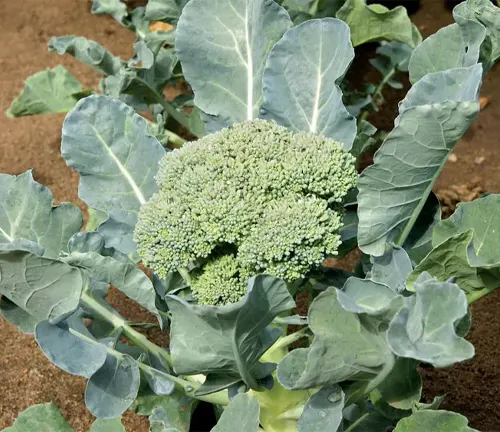
Renowned for its versatility in the kitchen, the Broccoli Plant offers a spectrum of culinary possibilities, from the classic Calabrese variety to the more unique purple sprouting broccoli. Packed with essential vitamins, minerals, and antioxidants, it not only tantalizes taste buds but also contributes to overall health. Beyond its nutritional prowess, the Broccoli Plant has found its place in pop culture, making appearances in literature, movies, and art. As we navigate towards more sustainable food choices, broccoli cultivation stands out for its relatively lower environmental impact compared to some crops. In essence, the Broccoli Plant, with its rich history, diverse applications, and nutritional benefits, remains a green gem in the world of agriculture and cuisine.
| Category | Specification |
|---|---|
| Scientific Name | Brassica oleracea var. italica |
| Family | Brassicaceae |
| Origin | Mediterranean region |
| Appearance | Dense green florets, sturdy stalks |
| Botanical Variant | Italica |
| Growing Conditions | Cooler weather, well-drained soil, ample sunlight |
| Culinary Versatility | Classic Calabrese, purple sprouting, diverse applications |
| Nutritional Content | Rich in vitamins, minerals, antioxidants |
| Health Benefits | Heart health, disease prevention, overall well-being |
| Cultural Significance | References in literature, movies, and art |
| Environmental Impact | Relatively lower impact compared to some crops |
| Challenges | Potential pests (e.g., aphids), diseases (e.g., clubroot) |
| Farming Techniques | Modern methods such as hydroponics, precision agriculture |
| Global Popularity | Widely embraced as a dietary staple globally |
| Sustainability | Lower environmental impact in cultivation |
Unveiling the Green Marvel

Broccoli, a member of the Brassicaceae family, stands as a green beacon of health and culinary delight. From its historical origins to its versatile use in the kitchen, the broccoli plant has become a staple in households worldwide. In this article, we delve into the rich tapestry of the broccoli plant, exploring its roots, cultivation practices, nutritional benefits, and more.
History and Origin
The journey of the broccoli plant takes us back through the annals of history. Originating in the Mediterranean region, broccoli has undergone a fascinating evolution. Initially cultivated by the Romans, it later gained popularity in Europe and eventually found its way to North America.
Botanical Features
Picture a vibrant green vegetable with a compact head and robust stalks that’s the broccoli plant. Classified under the Brassicaceae family, this cruciferous vegetable boasts a distinct appearance. Its intricate florets and sturdy structure contribute to its recognition in the botanical world.
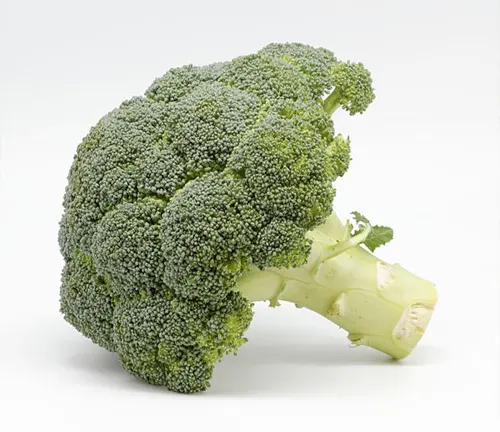

Cultivation Practices
To cultivate a thriving broccoli plant, understanding the ideal growing conditions is paramount. Broccoli flourishes in cool weather, requiring well-drained soil and ample sunlight. Whether planting from seeds or seedlings, adopting proper spacing and providing consistent moisture are vital for a successful harvest.
Nutritional Value
Beyond its appealing taste and texture, broccoli packs a nutritional punch. Rich in vitamins, minerals, and antioxidants, it serves as a powerhouse for health-conscious individuals. The inclusion of broccoli in your diet may contribute to improved digestion, strengthened immunity, and even reduced risk of certain diseases.
Popular Varieties
Not all broccoli is created equal. From the classic Calabrese to the sprouting purple varieties, each type of broccoli brings a unique flavor and texture to the table. Exploring these varieties allows culinary enthusiasts to experiment with different tastes and appearances in their dishes.
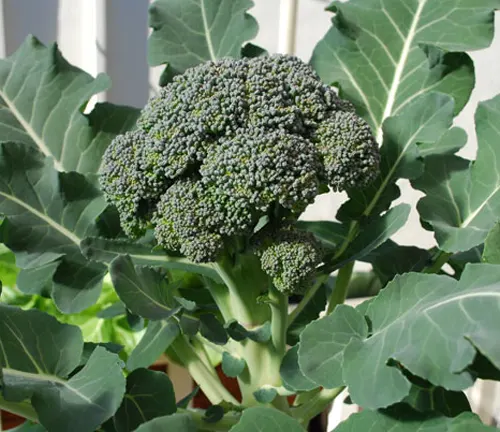
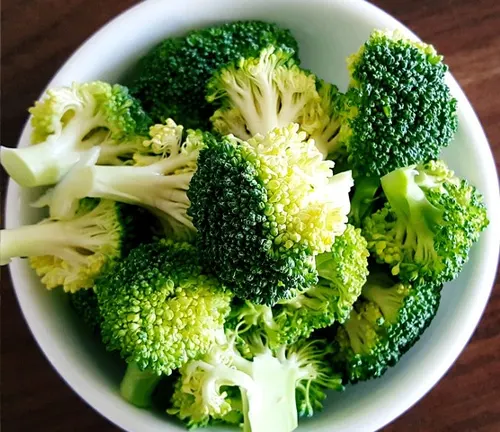
Broccoli in Cuisine
Broccoli’s versatility in the kitchen is unparalleled. Whether steamed, roasted, sautéed, or incorporated into casseroles, its ability to complement a myriad of dishes makes it a chef’s favorite. Explore exciting recipes that showcase broccoli’s adaptability and enhance your culinary repertoire.
Health Benefits of Eating Broccoli
As a nutritional powerhouse, broccoli has garnered attention for its potential health benefits. Studies suggest that regular consumption may contribute to heart health, cancer prevention, and improved bone health. Unlock the secrets of this green marvel and make it a cornerstone of your wellness journey.
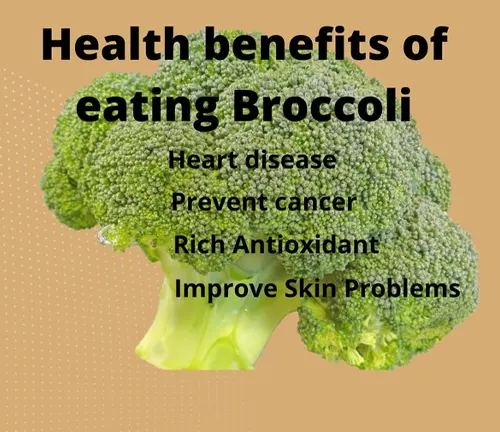
Environmental Impact
The sustainability of broccoli cultivation adds another layer to its appeal. Compared to some crops, broccoli farming has a relatively lower environmental impact. Understanding these nuances allows us to make informed choices that align with eco-friendly practices.
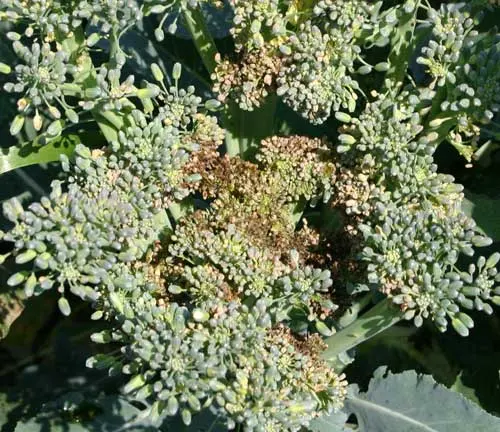
Challenges in Growing Broccoli
Despite its hardiness, broccoli cultivation comes with its set of challenges. Pests like aphids and diseases such as clubroot pose threats to a successful harvest. Implementing integrated pest management and disease-resistant varieties are strategies farmers employ to combat these obstacles.
Broccoli Around the World
Broccoli has transcended geographical boundaries, becoming a global phenomenon. Its popularity varies across regions, with some embracing it as a dietary staple and others incorporating it into traditional dishes. The global journey of broccoli highlights its adaptability and widespread appeal.
Broccoli Farming Practices
Modern farming techniques have revolutionized broccoli cultivation. From hydroponics to precision agriculture, innovative methods are enhancing yields and minimizing environmental impact. Stay abreast of these advancements to appreciate the evolving landscape of broccoli farming.
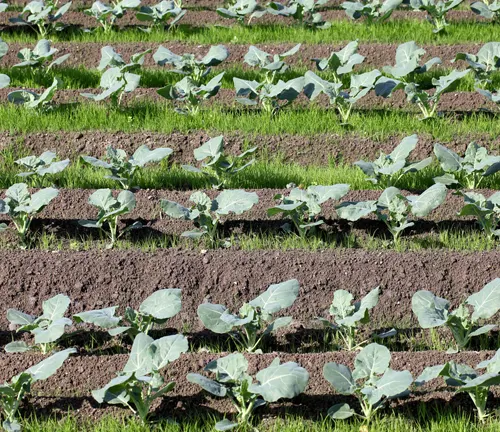
Broccoli in Pop Culture
Beyond its presence on dinner plates, broccoli has made its mark in pop culture. From references in movies to its symbolic meanings in literature, this green vegetable has woven itself into the fabric of human creativity. Unearth the fascinating connections between broccoli and the arts.
Future Trends in Broccoli Consumption
As dietary trends evolve, so does the demand for broccoli. The future promises exciting possibilities, with increased awareness of health benefits driving consumption. Stay ahead of the curve and explore emerging trends that may reshape the landscape of broccoli as a dietary essential.
Different Species
Calabrese Broccoli
(Brassica oleracea var. italica ‘Calabrese’)
This is the most common type, characterized by its large, green heads and thick stalks. It is the classic broccoli variety found in grocery stores.

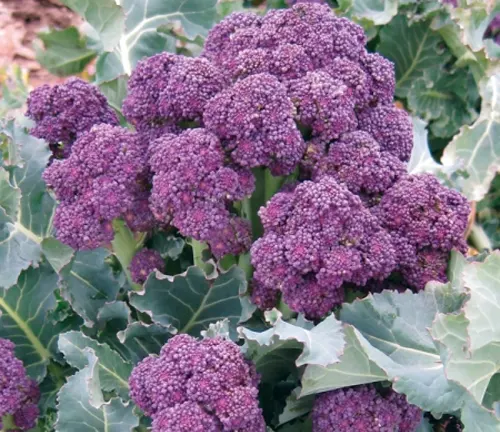
Purple Sprouting Broccoli
(Brassica oleracea var. italica ‘Purple Sprouting’)
Recognizable by its purple or green stalks and small, tender heads, this variety is known for its slightly sweeter taste compared to traditional broccoli.
Romanesco Broccoli
(Brassica oleracea var. italica ‘Romanesco’)
This visually striking variety features a fractal-like head with pointed spirals. It has a nutty flavor and a crunchy texture, setting it apart from other broccoli types.
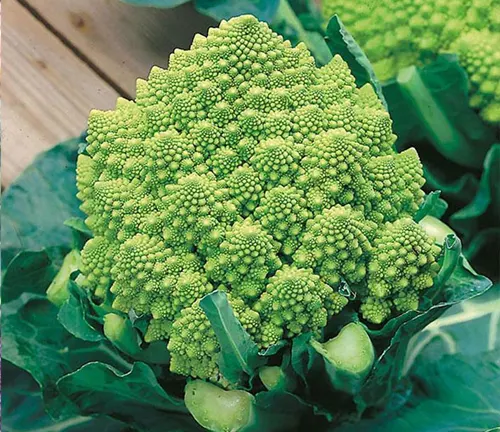
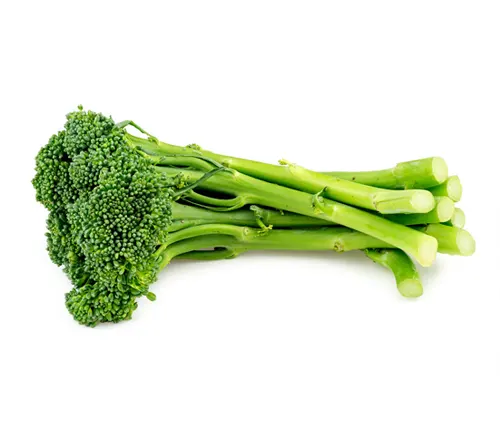
Broccolini
(Brassica oleracea var. italica ‘Broccolini’)
A hybrid between broccoli and Chinese broccoli, broccolini has long, slender stems and smaller florets. It offers a mild, sweet taste and is popular for its tender texture.
Broccoli Rabe
(Brassica rapa subsp. rapa)
Also known as rapini, this is a close relative of broccoli. It has smaller florets and leaves with a slightly bitter taste, often used in Mediterranean cuisine.
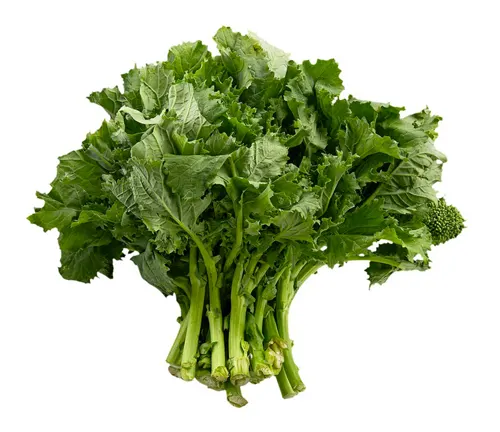
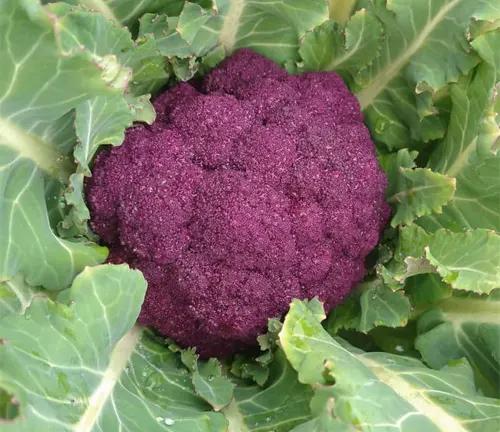
Purple Cape Broccoli
(Brassica oleracea var. italica ‘Purple Cape’)
This variety is known for its deep purple color, both in the florets and stalks. It adds a vibrant touch to dishes and retains its color even after cooking.
Frequently Asked Questions (FAQs)
- Is broccoli a type of cabbage?
While both belong to the Brassicaceae family, broccoli is a distinct cultivar of wild cabbage (Brassica oleracea) with a different appearance and taste. - How do I store broccoli to maintain freshness?
Store broccoli in the refrigerator’s crisper drawer, preferably in a plastic bag with some moisture, to keep it fresh for a longer period. - Can I grow broccoli in containers?
Yes, broccoli can be grown in containers, provided they are large enough to accommodate the plant’s root system and placed in a sunny location. - What is the best time to plant broccoli seeds?
Broccoli seeds are typically planted indoors 6-8 weeks before the last expected frost in spring or directly sown in early spring or late summer. - How can I prevent common pests in broccoli plants?
Use natural predators, like ladybugs, or consider organic pest control methods such as neem oil to prevent common pests like aphids. - Is broccoli a good source of protein?
While broccoli is not a high-protein food, it does contain some protein and is a valuable source of essential vitamins and minerals. - Can I freeze broccoli for later use?
Yes, blanching broccoli before freezing helps preserve its color, flavor, and nutritional value for future use. - What is the ideal pH for growing broccoli?
Broccoli prefers slightly acidic to neutral soil with a pH range of 6.0 to 7.0 for optimal growth. - How often should I water my broccoli plants?
Broccoli plants require consistent moisture, so aim to keep the soil evenly moist, especially during dry spells, without waterlogging. - Are there any companion plants that benefit broccoli?
Planting broccoli alongside companion plants like carrots, onions, and herbs can help deter pests and enhance overall growth. - Can I eat broccoli leaves?
Yes, broccoli leaves are edible and nutritious. They can be cooked and consumed like other leafy greens. - What is the difference between broccoli and cauliflower?
While both belong to the same species (Brassica oleracea), broccoli has green florets and a more open head, whereas cauliflower has a compact, white head. - How long does it take for broccoli to mature from planting?
The time it takes for broccoli to mature depends on the variety, but on average, it takes around 70-100 days from planting to harvest. - Can I regrow broccoli from kitchen scraps?
Broccoli can be regrown from scraps. Place the cut base in water until roots form, then transplant it into soil for continued growth. - Are there any diseases that commonly affect broccoli plants?
Clubroot and downy mildew are common diseases that can affect broccoli plants. Using disease-resistant varieties and practicing good garden hygiene can help prevent these issues.


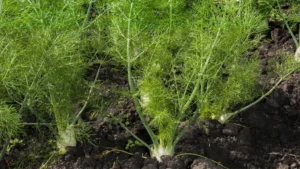

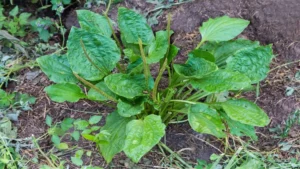

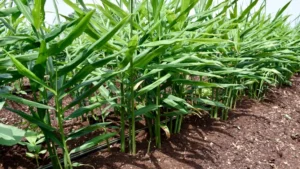
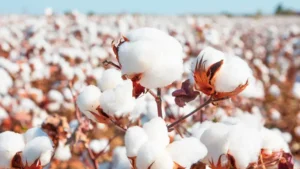
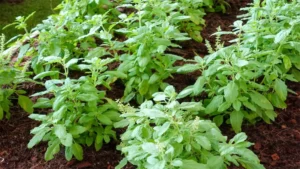





Thus supercool yeah
Innocent
February 27, 2024 4:54 pm